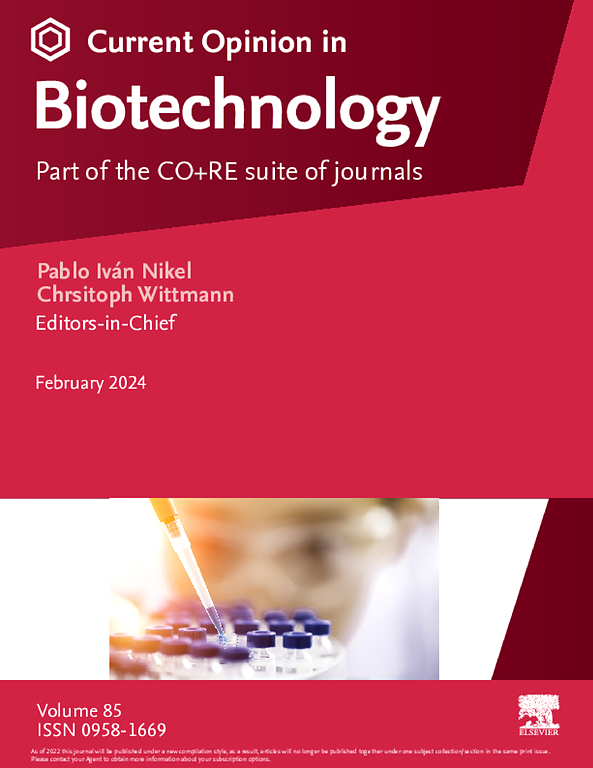在嗜热温度下操作:气体发酵过程中被低估的资产
IF 7.1
2区 工程技术
Q1 BIOCHEMICAL RESEARCH METHODS
引用次数: 0
摘要
气体发酵技术在促进我们社会向可持续发展时代的过渡和缓解气候危机方面具有巨大的潜力。可扩展性、健壮性和经济可行性是将新兴技术成功推向商业规模的决定性因素。与传统的液相发酵相比,气体发酵带来了额外的挑战,主要源于气液传质的限制。在适度升高的温度(50-60°C)下运行可以提高传质率,从而提高生产率,从而改善经济指标。然而,可以为进一步扩大生物甲烷以外的产品规模奠定基础的亲热范围研究的缺乏是值得注意的。本文综述了近10年来在嗜热CO2和合成气发酵方面的研究进展,并探讨了通过高温操作提高气体发酵技术竞争力的途径。本文章由计算机程序翻译,如有差异,请以英文原文为准。
Operation at thermophilic temperatures: an underestimated asset for gas fermentation processes
Gas fermentation technology presents great potential for enhancing the transition of our society to a sustainable era and alleviating the climate crisis. Scalability, robustness, and economic viability are decisive factors for successfully bringing emerging technologies on a commercial scale. Compared to traditional liquid phase fermentation, gas fermentation comes with additional challenges that mainly stem from gas–liquid mass transfer limitations. Operation at moderately elevated temperatures (50–60 °C) enhances the mass transfer rate and consequently productivity, thus improving the economic indicators. However, the scarcity of studies at the thermophilic range that could set the foundation for further scaling-up for products other than biomethane is noticeable. This review summarizes progress in the last 10 years regarding thermophilic CO2 and syngas fermentation and discusses a way forward to improving the competitiveness of gas fermentation technology via operation at elevated temperature.
求助全文
通过发布文献求助,成功后即可免费获取论文全文。
去求助
来源期刊

Current opinion in biotechnology
工程技术-生化研究方法
CiteScore
16.20
自引率
2.60%
发文量
226
审稿时长
4-8 weeks
期刊介绍:
Current Opinion in Biotechnology (COBIOT) is renowned for publishing authoritative, comprehensive, and systematic reviews. By offering clear and readable syntheses of current advances in biotechnology, COBIOT assists specialists in staying updated on the latest developments in the field. Expert authors annotate the most noteworthy papers from the vast array of information available today, providing readers with valuable insights and saving them time.
As part of the Current Opinion and Research (CO+RE) suite of journals, COBIOT is accompanied by the open-access primary research journal, Current Research in Biotechnology (CRBIOT). Leveraging the editorial excellence, high impact, and global reach of the Current Opinion legacy, CO+RE journals ensure they are widely read resources integral to scientists' workflows.
COBIOT is organized into themed sections, each reviewed once a year. These themes cover various areas of biotechnology, including analytical biotechnology, plant biotechnology, food biotechnology, energy biotechnology, environmental biotechnology, systems biology, nanobiotechnology, tissue, cell, and pathway engineering, chemical biotechnology, and pharmaceutical biotechnology.
 求助内容:
求助内容: 应助结果提醒方式:
应助结果提醒方式:


